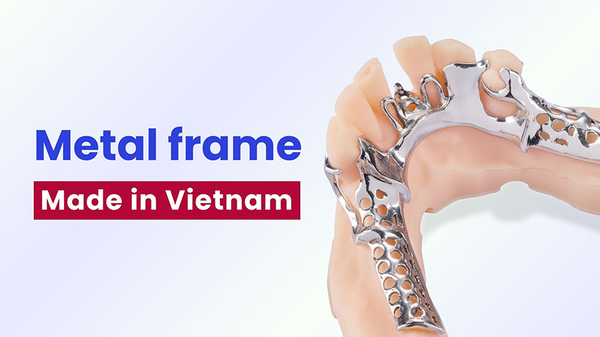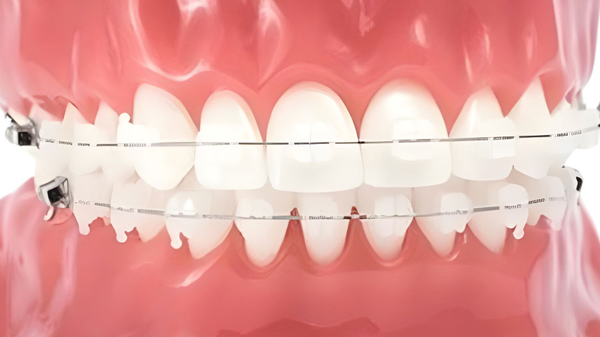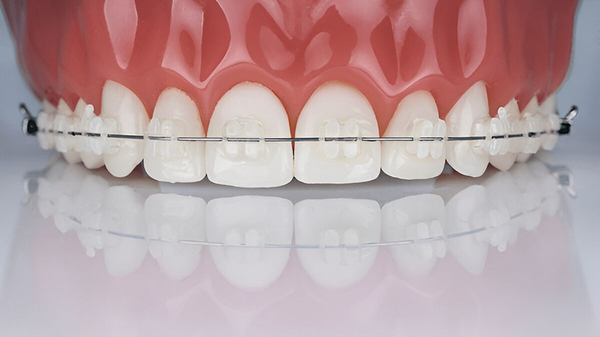Cobalt-chromium alloys, widely recognized under the trade name "Elgiloy," have been a staple in orthodontics since the 1960s. These specialized wire materials are known for their superior mechanical properties, biocompatibility, and versatility, making them a valuable option for orthodontic treatments requiring strength, durability, and customization.
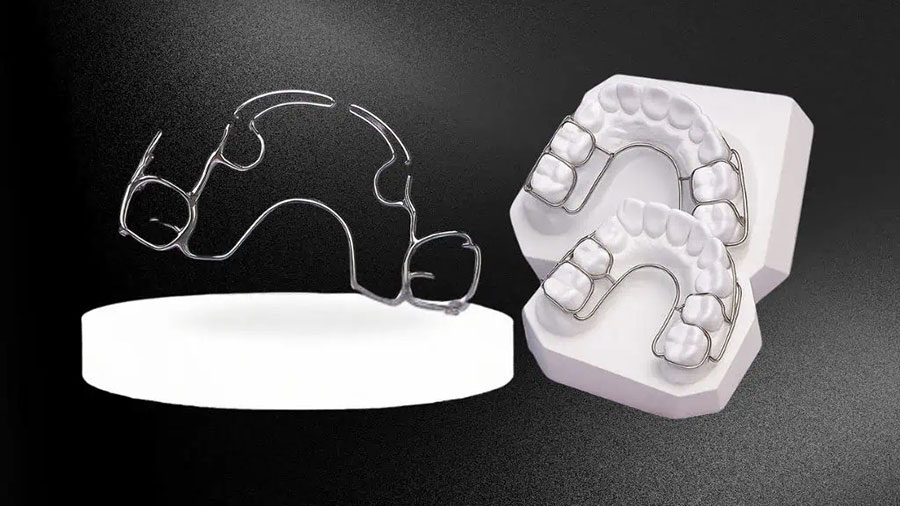
Table of contents [Show]
Cobalt-chromium alloys, widely recognized under the trade name "Elgiloy," have been a staple in orthodontics since the 1960s. These specialized wire materials are known for their superior mechanical properties, biocompatibility, and versatility, making them a valuable option for orthodontic treatments requiring strength, durability, and customization. This article provides an in-depth overview of cobalt-chromium wires, including their composition, types, mechanical properties, clinical advantages, applications, limitations, and recent research developments.
Overview and Composition
Cobalt-chromium alloys are designed to meet the demanding requirements of orthodontic applications. Their composition includes:
40% Cobalt.
20% Chromium.
15% Nickel.
7% Molybdenum.
2% Manganese.
0.15% Carbon.
0.04% Beryllium.
Balance: Iron.
This unique blend of elements results in wires that exhibit desirable characteristics such as large springback, low stiffness, good formability, high stored energy, biocompatibility, and environmental stability. These features make cobalt-chromium wires an essential material in orthodontics.
Types and Heat Treatment
Cobalt-chromium wires are available in four distinct tempers, categorized based on their heat treatment status:
Blue Elgiloy: Soft, as-drawn condition, offering excellent formability.
Yellow Elgiloy: Ductile, stress-relieved, suitable for moderate adjustments.
Green Elgiloy: Semi-resilient, partially heat-treated, providing a balance between strength and flexibility.
Red Elgiloy: Resilient, fully heat-treated, ideal for applications requiring maximum strength and durability.
Heat treatment plays a critical role in enhancing the mechanical properties of cobalt-chromium wires. For instance, Blue Elgiloy wires can achieve mechanical properties comparable to or exceeding those of stainless steel after proper heat treatment. This process allows orthodontists to customize wire properties for specific clinical needs, making cobalt-chromium alloys highly versatile.
Mechanical Properties
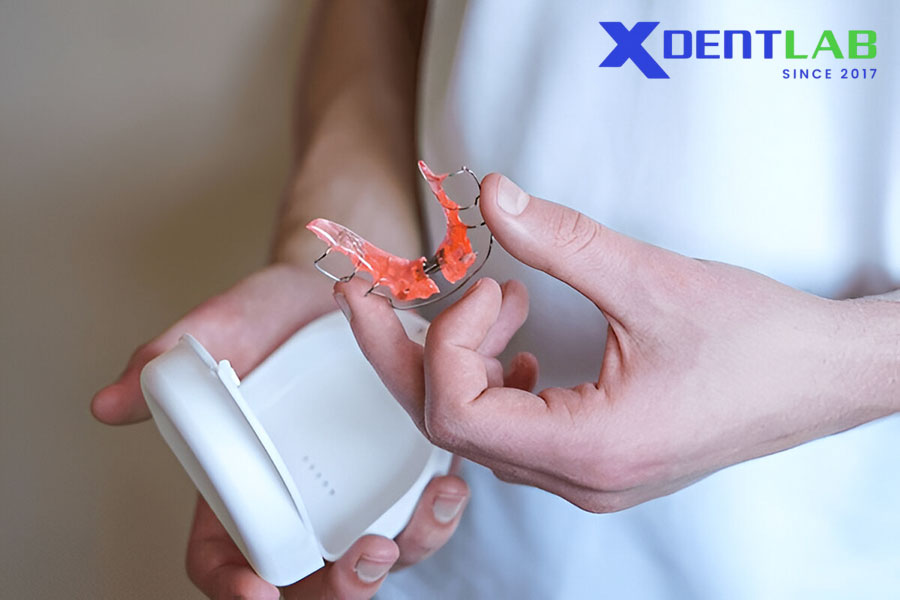
Cobalt-chromium wires exhibit a unique combination of mechanical properties that make them suitable for various orthodontic applications:
Key Features:
High Strength: Superior tensile strength, especially after heat treatment, ensures durability during extended use.
Excellent Fatigue Resistance: Greater resistance to fatigue compared to stainless steel wires, making them ideal for long-spanapplications.
Good Formability: Can be easily bent and shaped in the soft state before heat treatment, allowing for complex wire configurations.
Corrosion Resistance: Comparable to stainless steel, cobalt-chromium wires resist degradation in the oral environment, ensuring long-term reliability.
When compared to stainless steel (SS) and beta-titanium (TMA) wires, cobalt-chromium wires offer intermediate properties, balancing strength, formability, and fatigue resistance.
Clinical Advantages
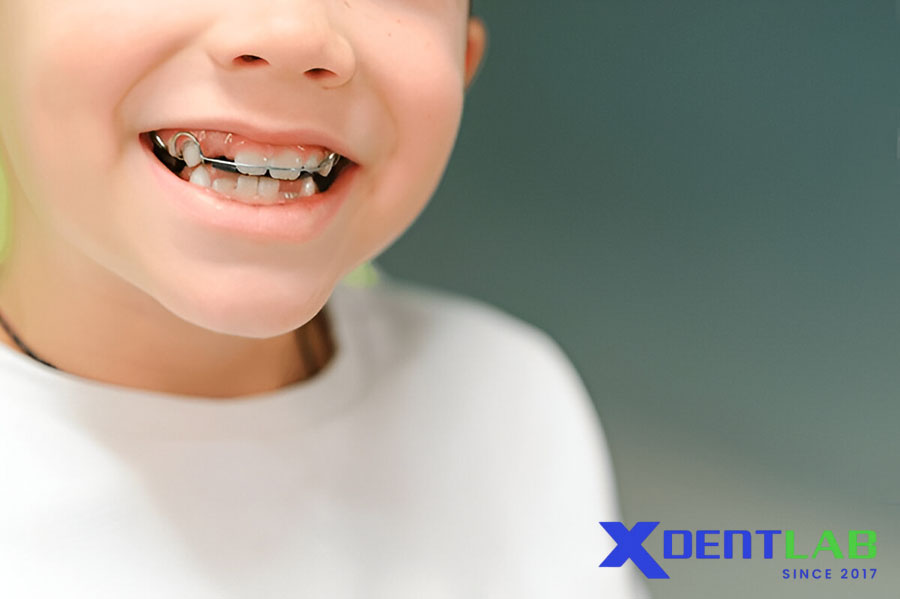
Cobalt-chromium wires provide several advantages over other orthodontic wire materials:
Superior Mechanical Properties
With higher strength and better fatigue resistance than stainless steel, cobalt-chromium wires are ideal for demanding orthodontic applications.
Heat-Treatable
The ability to customize wire properties through heat treatment allows orthodontists to tailor wires to specific clinical requirements.
Biocompatibility
Cobalt-chromium wires exhibit excellent tissue tolerance, with minimal risk of allergic reactions, making them safe for long-term use.
Solderability
These wires can be soldered, enabling the fabrication of complex orthodontic appliances such as retainers and space maintainers.
Cost-Effective
Cobalt-chromium wires are relatively inexpensive compared to other specialty wires, providing a balance of performance and affordability.
Clinical Applications
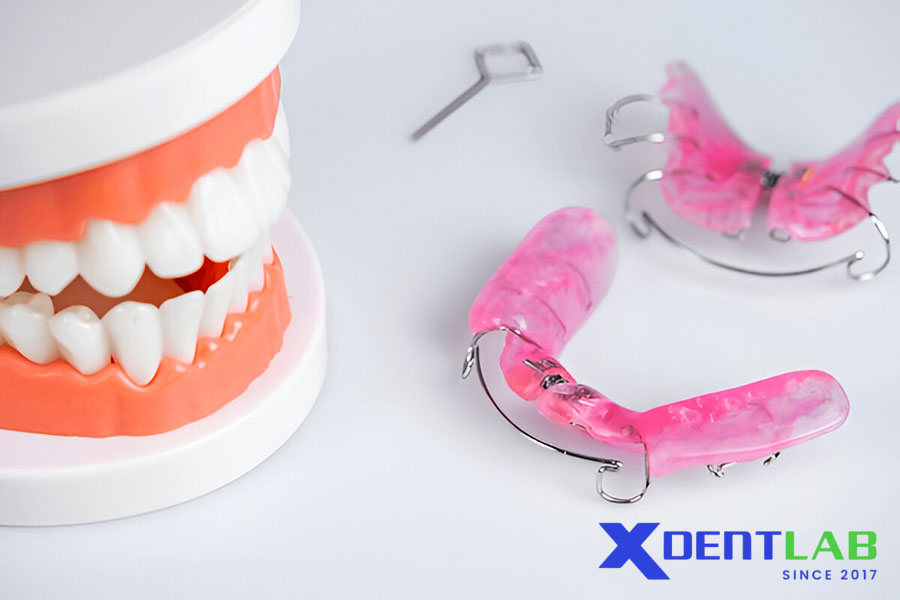
Cobalt-chromium wires are particularly valuable in the following orthodontic scenarios:
Fabrication of Complex Appliances: Their solderability makes them ideal for creating retainers, space maintainers, and other intricate devices.
Long-Span Archwires: High fatigue resistance ensures durability in cases requiring extended spans.
Customized Wire Properties: Heat treatment allows for tailored wire performance, meeting specific clinical needs.
Durable Retainers and Space Maintainers: Their strength and corrosion resistance make them suitable for long-term use.
Limitations and Challenges
Despite their advantages, cobalt-chromium wires have several limitations that must be considered:
Work Hardening: The tendency to harden near soldered or spot-welded joints can reduce flexibility and increase brittleness.
Heat Treatment Sensitivity: Improper heat treatment can lead to undesirable properties such as brittleness or reduced strength.
Limited Elasticity: Cobalt-chromium wires are less elastic than nickel-titanium or beta-titanium wires, limiting their use in applications requiring high flexibility.
Technical Demands: Proper handling and heat treatment require specialized knowledge and equipment, posing challenges for inexperienced practitioners.
Recent Research and Developments
Advancements in heat treatment protocols have significantly improved the clinical performance of cobalt-chromium wires.
Optimizing Heat Treatment
Recent studies have identified optimal temperature and time parameters for heat treatment, enhancing properties such as tensile strength and bending performance. Controlled heat treatment has been shown to improve the resilience and ductility of cobalt-chromium wires, making them even more effective for orthodontic applications.
Innovations in Alloy Design
Researchers are exploring modifications to the composition of cobalt-chromium alloys to further enhance their mechanical properties, corrosion resistance, and biocompatibility.
Comparison with Other Orthodontic Wires
Cobalt-chromium wires strike a balance between the properties of other orthodontic wire materials:
Feature | Cobalt-Chromium | |||
| Elastic Modulus | Intermediate | Low | Low | High |
| Strength | High | Moderate | Moderate | Moderate |
| Fatigue Resistance | High | Moderate | High | Low |
| Formability | Good (soft state) | Limited | Excellent | Superior |
| Heat-Treatable | Yes | No | No | No |
Cobalt-chromium wires offer a unique combination of strength, fatigue resistance, and customization, making them an essential component in the orthodontic armamentarium.
Conclusion
Cobalt-chromium alloys, with their superior mechanical properties, biocompatibility, and versatility, remain a cornerstone of orthodontic wire materials. Their ability to deliver high strength, resist fatigue, and adapt to specific clinical needs through heat treatment makes them a valuable option for orthodontists worldwide.
While technical demands and limitations exist, ongoing research and advancements continue to enhance the performance of cobalt-chromium wires, ensuring their relevance in modern orthodontics.
XDENT LAB is committed to providing high-quality orthodontic solutions, leveraging advanced materials like cobalt-chromium alloys to meet global standards and deliver exceptional outcomes for dental practices.
Share this post:

